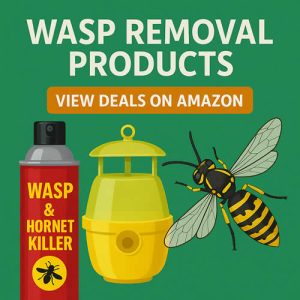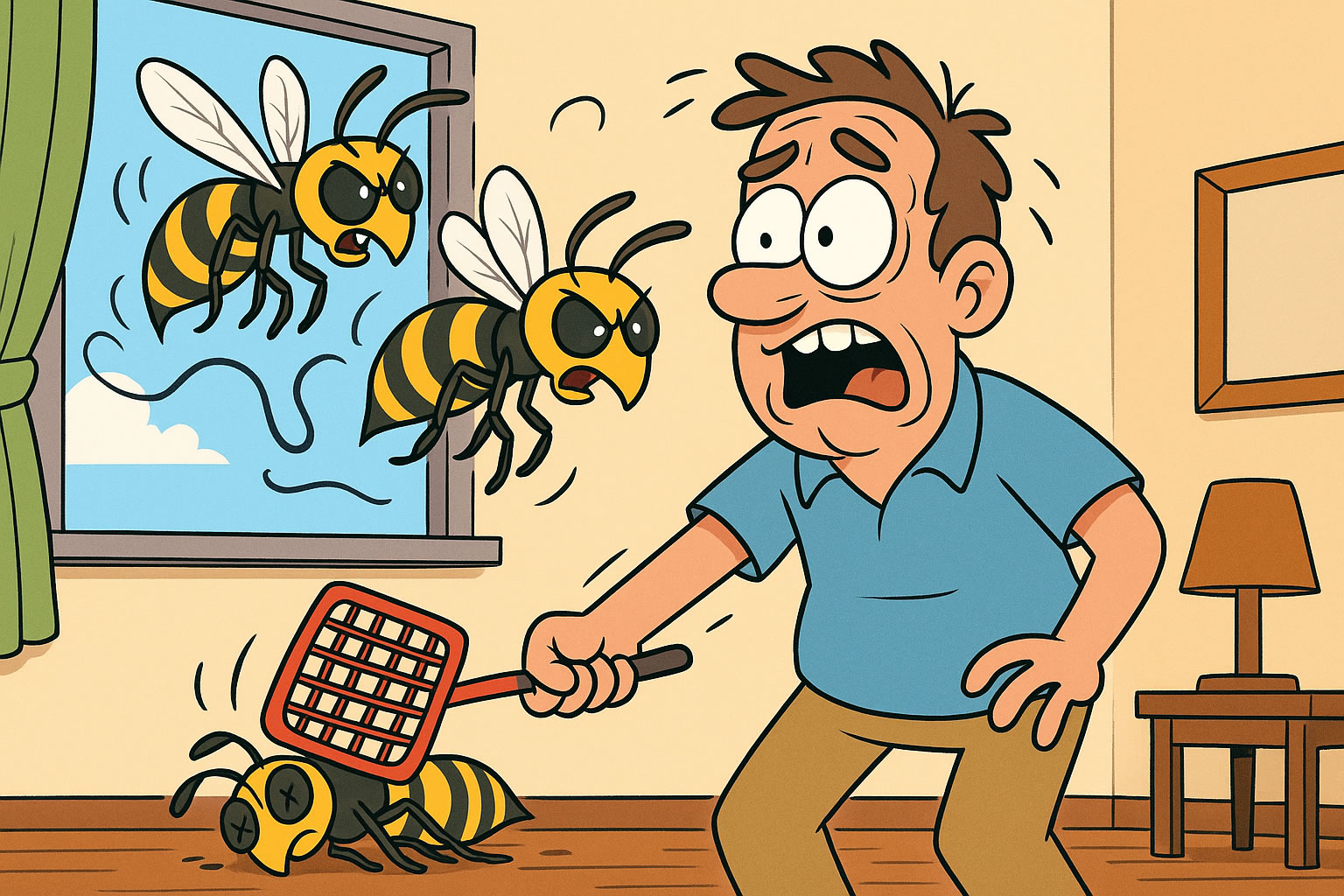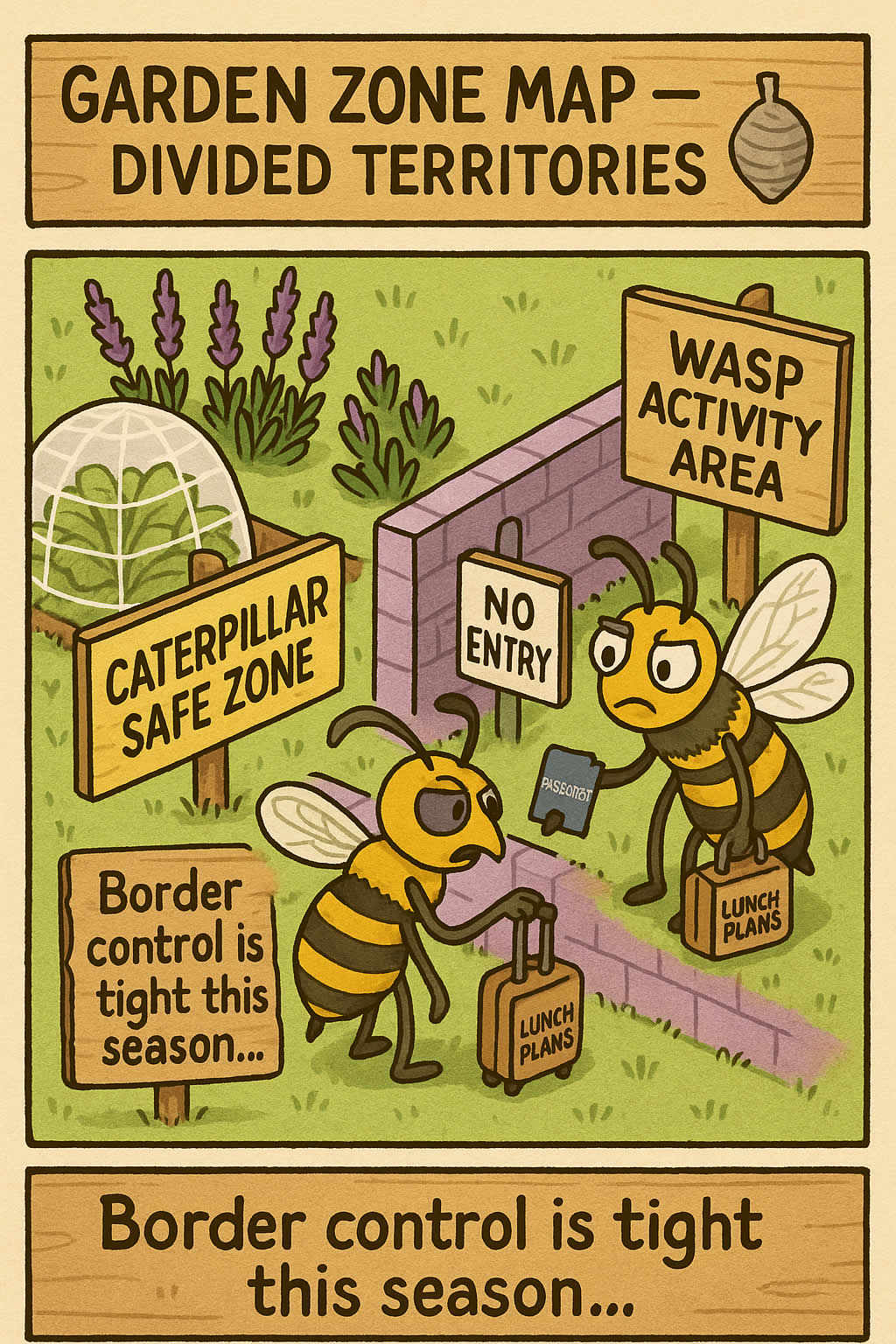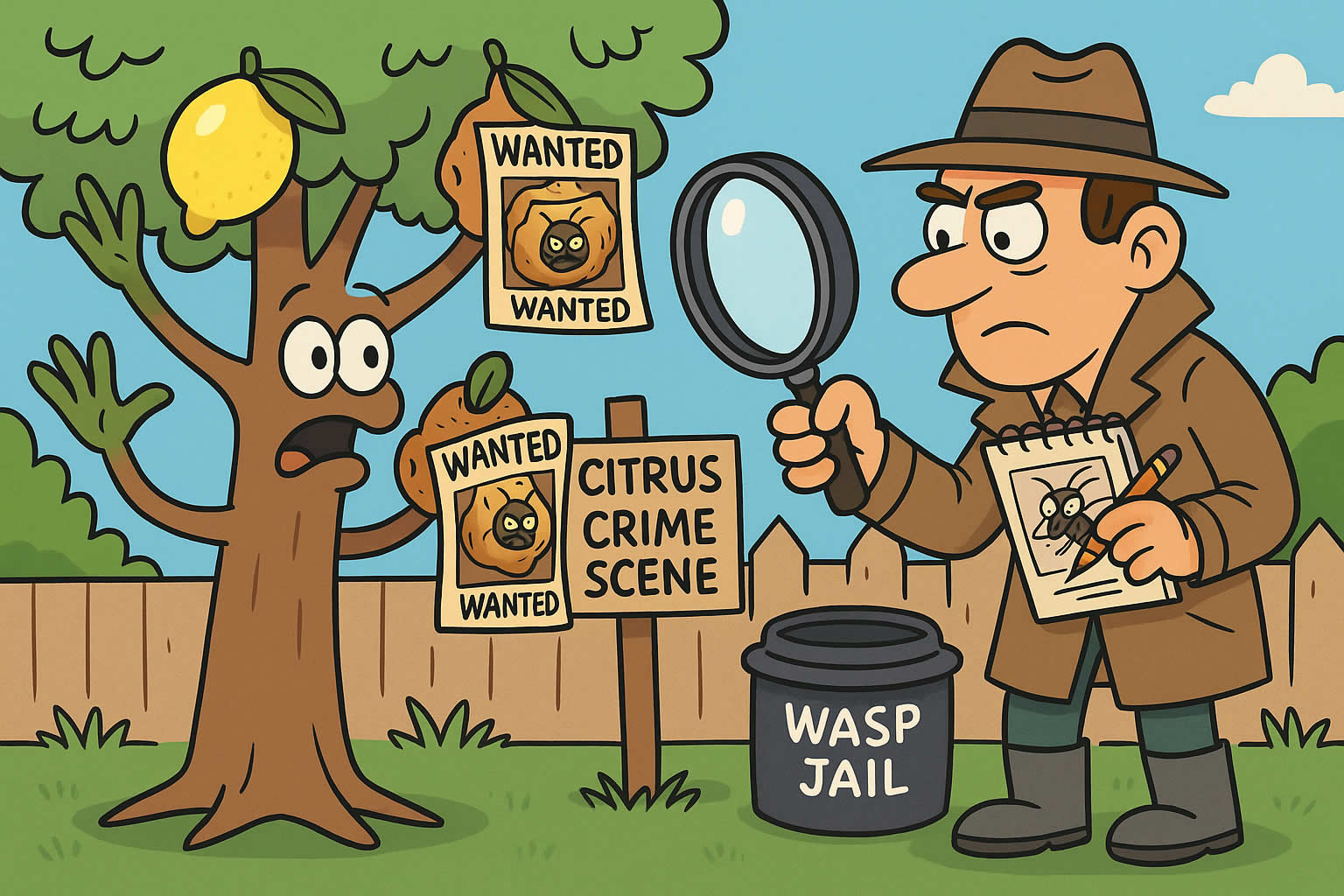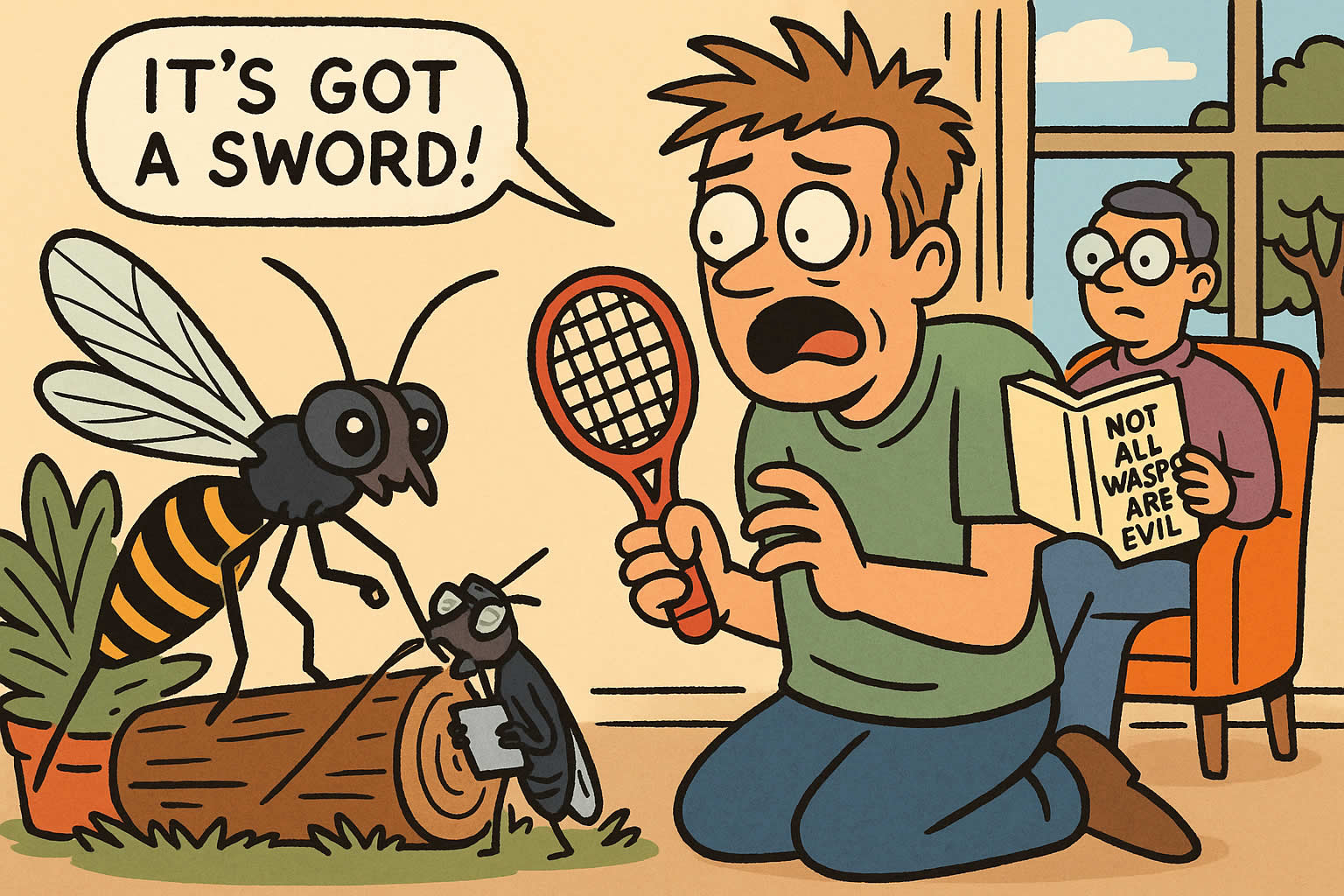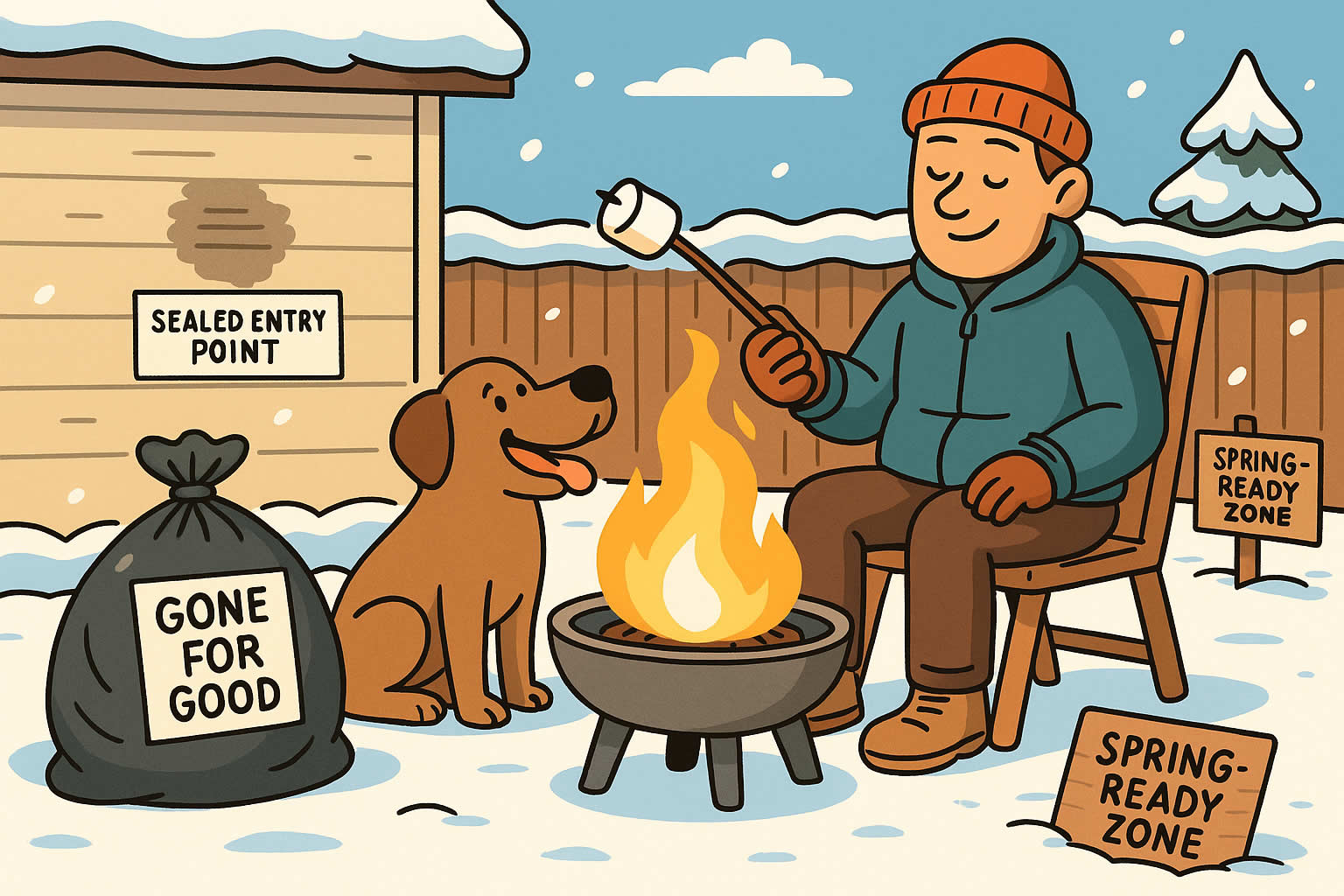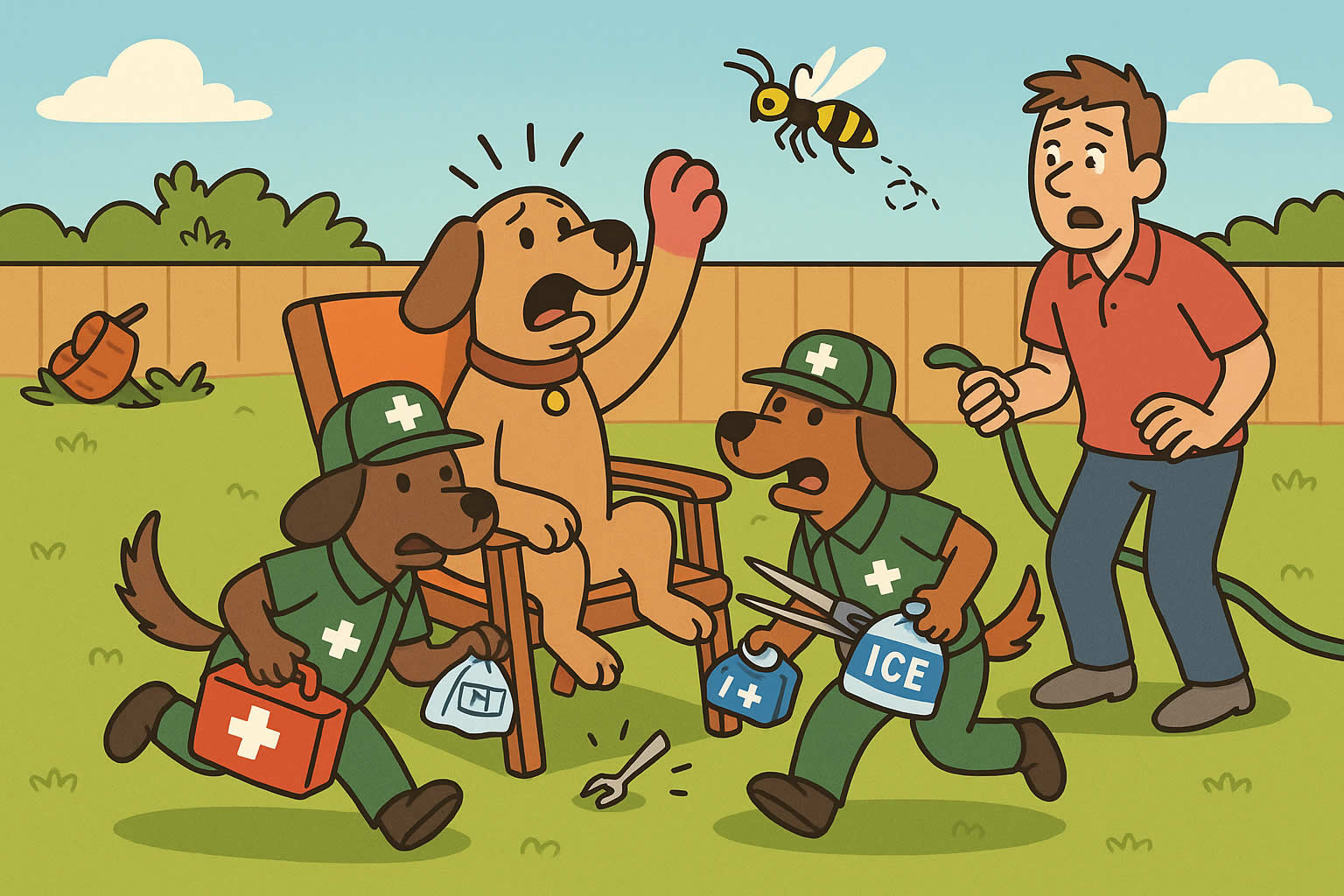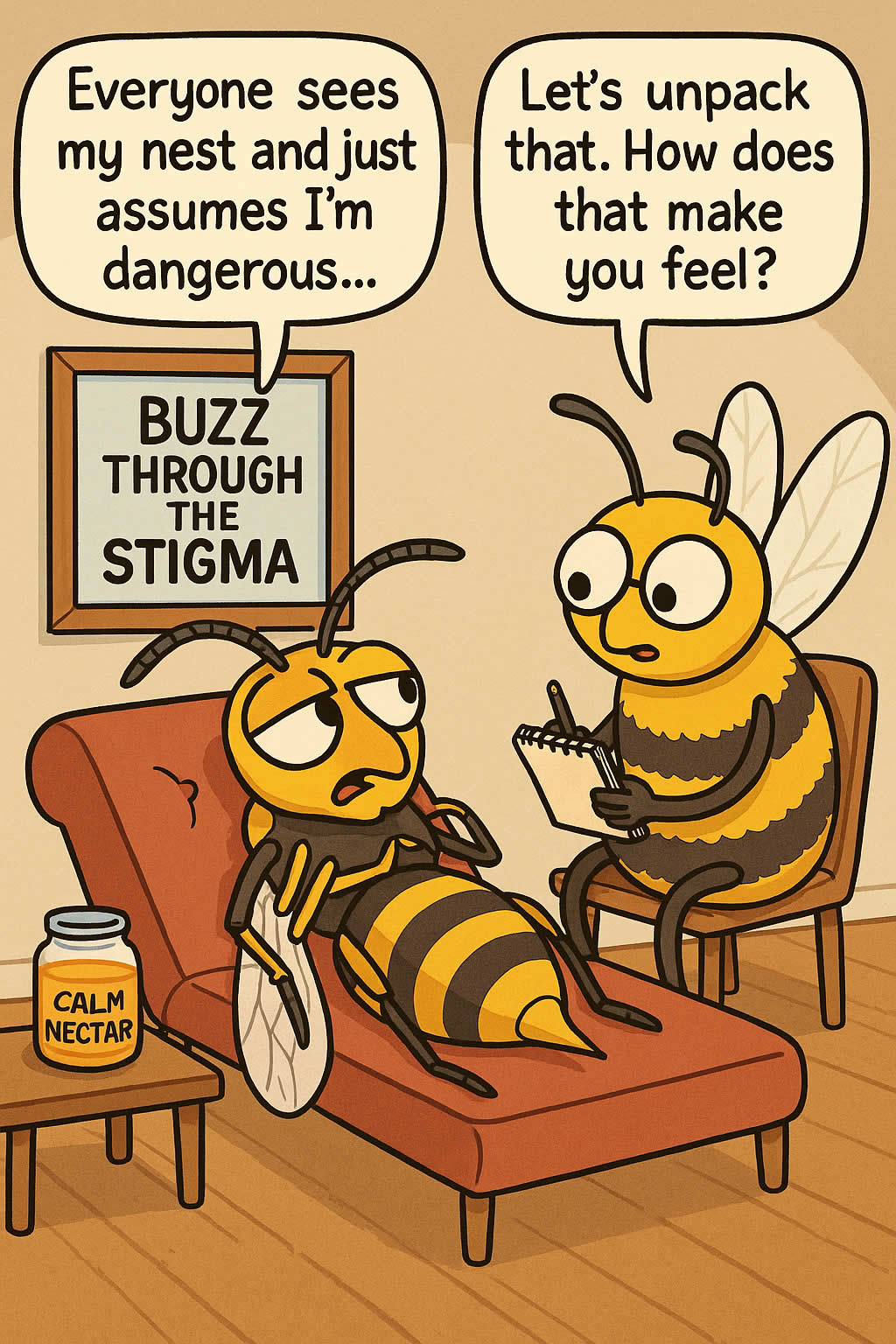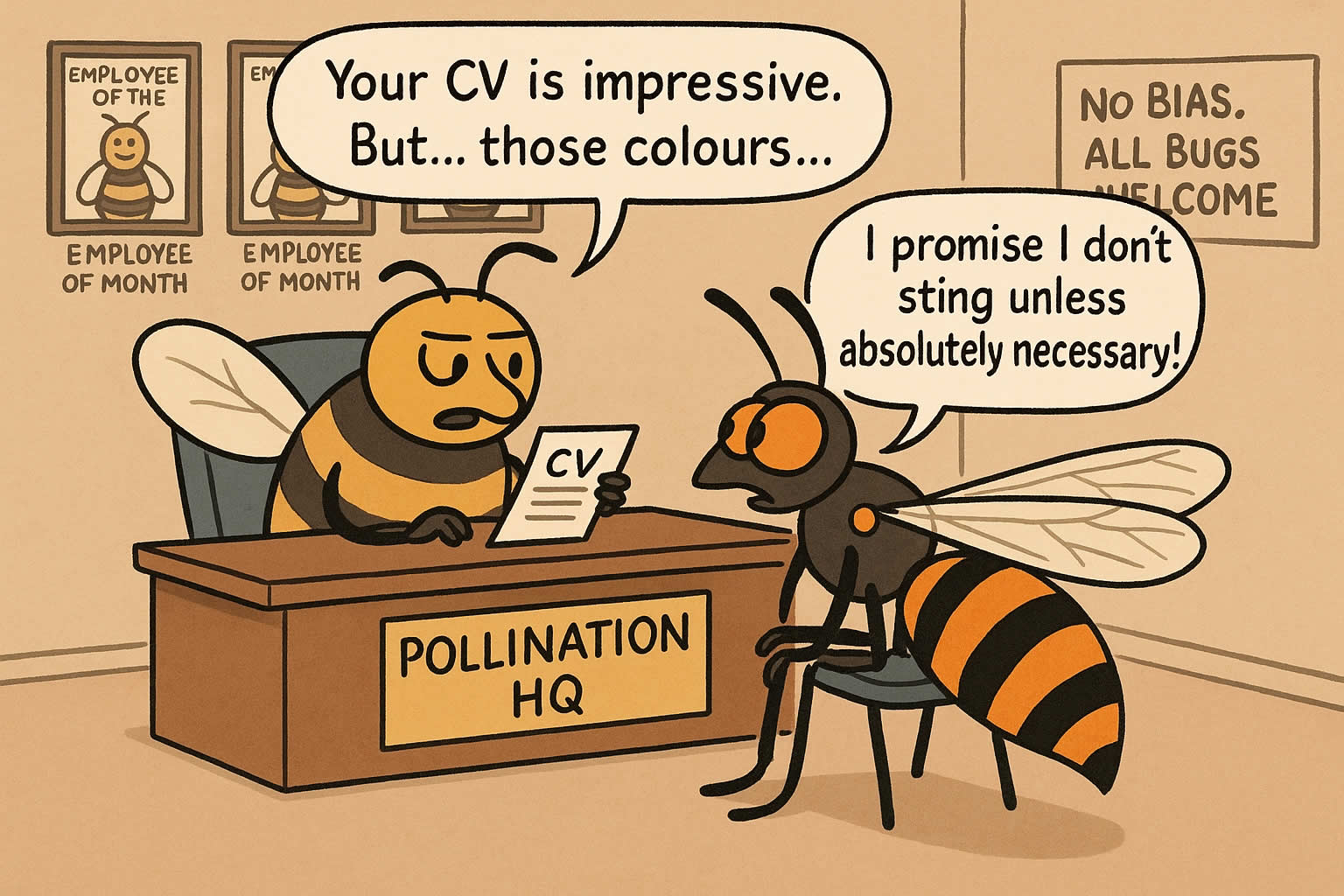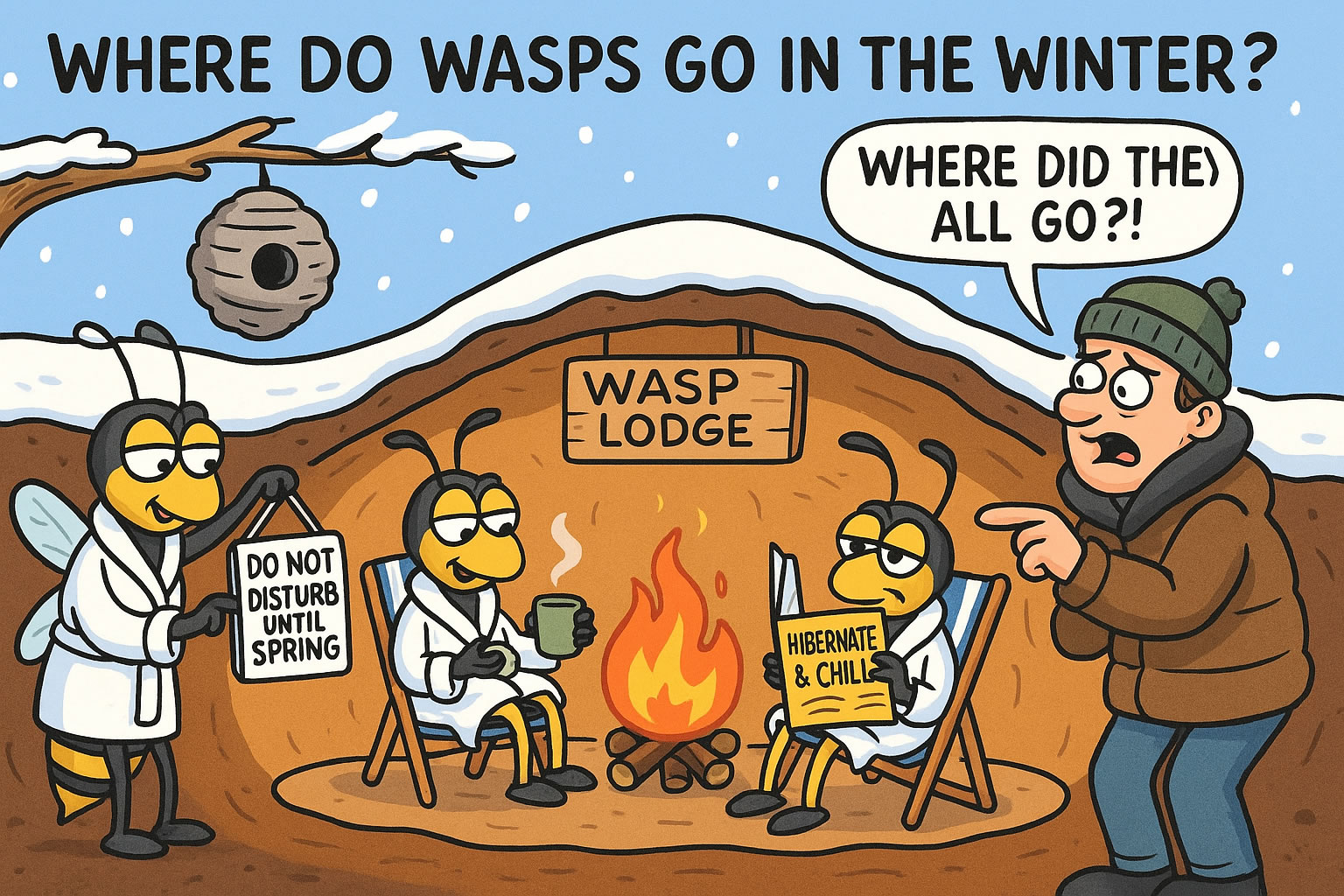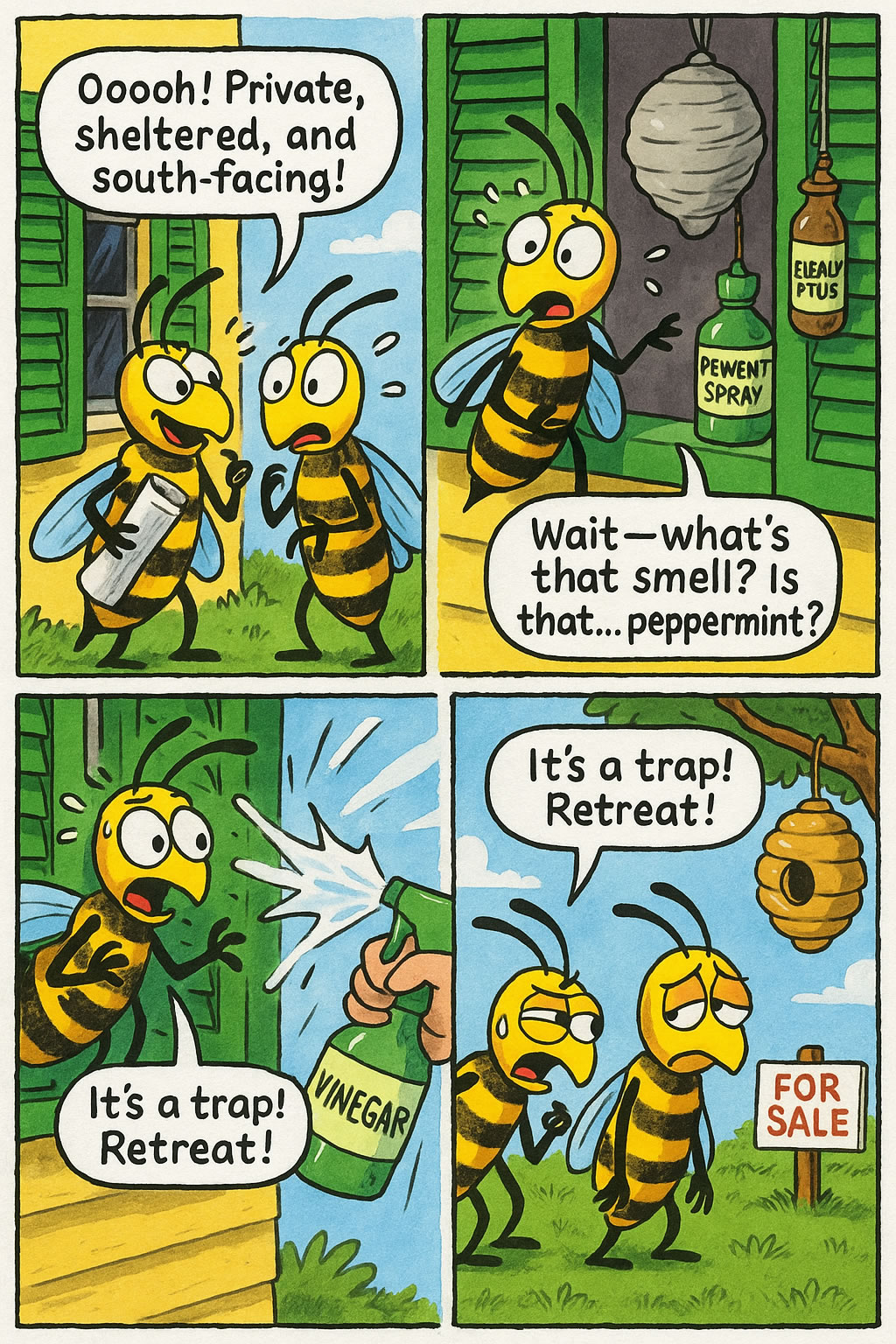Related Queries
ToggleYou might be surprised to learn that killing a wasp inside your home could backfire. These insects release pheromones at the time they feel threatened or die. This chemical signal attracts more wasps to the area and transforms a single wasp issue into a potentially dangerous swarm.
Summer nests can house thousands of wasps, making their chemical signals a most important safety risk. The situation becomes more dangerous because wasps turn aggressive during late summer as their colonies grow to peak size. Any wrong move could provoke them and result in painful, sometimes dangerous stings.
The urge to swat that buzzing intruder feels natural, but knowing the right approach matters. This piece explores the actual effects of killing a wasp indoors and offers safer ways to handle these uninvited guests.
Understanding Wasp Behaviour Inside Homes
Wasps often make their way into our homes, especially when the weather changes throughout the year. These striped insects usually prefer to stay outdoors, but certain conditions make our houses look quite appealing to them.
Why wasps enter houses
Learning about what draws wasps to our homes helps us deal with them better. These insects come inside for three basic reasons: they’re looking for food, trying to build nests, or searching for warm places to spend the winter.
During warm weather, wasps busy themselves hunting for food to feed their colonies. Queen wasps that have just mated also look for safe places to hibernate when fall comes around.
Most people think wasps want to be near humans, but that’s not true at all. They’d rather build their own shelters away from us. All the same, if your house gives them warmth, shelter, and food, they might call it home [5,6].
Common wasp entry points
Wasps are clever at finding ways to get into buildings. Here’s where they usually sneak in:
- Gaps and cracks in outside walls
- Spaces around pipes and cable entries
- Broken window screens and door frames
- Openings in roof vents and eaves
- Damaged foundations
On top of that, wasps love to build their nests in wall spaces, attics, or under porches. You’ll know they’re around if you see:
- Wasps flying back and forth with food
- Constant buzzing noises
- Fresh white marks on wood, showing they’re building nests
In summer, open windows and doors are like welcome signs for wasps. These insects can squeeze through tiny gaps that might seem too small to matter.
The sort of thing I love to watch out for is when wasps set up shop inside wall cavities. If their usual exits get blocked, they might chew right through your drywall and end up inside your house.
Want to spot where wasps are getting in? Take a look at your house’s exterior when dusk falls. You’ll see wasps coming and going from specific spots, just like planes at a busy airport. You can even press your ear against outside walls when it’s quiet – scratching sounds might tell you there’s wasp activity inside.
Chemical Signals Released When Killing Wasps
Social wasps defend their colonies through chemical signals called alarm pheromones. These compounds come from special exocrine glands near their stingers and serve as vital warning signals to other colony members.
Alarm pheromones explained
Among insects, alarm pheromones rank just behind sex pheromones as the most common chemical signals. These airborne chemical messengers change how nearby wasps behave. Wasps release these pheromones through their stinger or mandibles when they spot danger, marking any potential predators.
Wasp venom sacs contain multiple distinct alarm pheromone components. These signals have developed independently in major taxa, which shows how vital they are to wasp survival. Wasps also use rapid wing beats with their chemical signals as an extra warning system.
How other wasps respond
Wasps nearby spring into action when they detect these alarm pheromones. The chemical signals stir up the colony and direct wasps aggressively toward what they see as a threat. These wasps can even pick up and react to alarm pheromones from different species. This ability gives them an edge in spotting marked predators before they reach the colony.
The typical response includes:
- Quick shifts to high alert
- More aggressive behaviour
- Team-based defence moves
- Fast gathering of nestmates
Duration of chemical signals
Alarm pheromones fade at different rates. These signals pack their strongest punch right after release, triggering quick responses from wasps nearby. The signal strength drops over time in this way:
- Highest strength happens right after release
- Power drops by a lot after one hour
- Signals completely fade within a few hours
You can lower your risk of attracting more wasps by cleaning areas where a wasp was killed. This removes any lingering pheromone scent. This step matters because wasps naturally check out places where they detect their species’ scent.
Safe Ways to Remove House Wasps
Getting wasps out of your home needs patience and proven methods that work. Professional pest control gives you the safest option, but you can handle a single wasp indoors with the right approach.
Window and door method
The quickest way to deal with a wasp is to give it an exit path. Switch off your indoor lights and open the nearest windows or doors. This natural approach works well since wasps move toward outdoor light by instinct. Just make sure you’re not standing where they might fly to avoid getting stung.
To get the best results:
- Keep calm and don’t make sudden moves
- Open multiple windows as escape routes
- Pull curtains to guide wasps to natural light
- Keep your distance while the wasp finds its way out
Glass and paper technique
When you spot a wasp that’s not moving, the glass and paper method really shines. You’ll need:
- A clear drinking glass
- A piece of stiff paper or cardboard
- Steady hands and careful moves
The right way to do this is to wait for the wasp to land on something flat. Place the glass over the insect with smooth movements so you don’t startle it. Slide the paper under the glass to trap the wasp safely.
Light-coloured clothes cut down your risk by a lot when trying either method. Wasps see dark colours as a threat.
Natural deterrents might help if these methods don’t work. A mix of dish soap and water can take care of wasps safely. But watch out – wasps might get aggressive if you bother them too much.
Note that wasps are less active in cooler weather, so early morning or evening hours work best for removal. If you’re allergic to wasp stings or dealing with multiple wasps, calling professional pest control services makes the most sense.
Preventing Future Wasp Problems
You can keep your home peaceful all year by taking steps to prevent wasp infestations. Simple preventive measures will substantially reduce the chances of wasps building nests around your property.
Sealing entry points
Your building’s exterior needs a good inspection as your first defence. Look at your roof, walls, and foundation to find cracks or worn spots that could let wasps in. To get complete protection:
- Use caulk or expandable foam sealant to fill gaps and holes
- Put insect mesh over air bricks and cable entry points
- Fix damaged window screens right away
- Block openings around utility pipes
Natural deterrents
Nature gives us several ways to keep wasps away. Essential oils work really well because wasps don’t like certain smells. You can create an effective barrier by putting a mix of clove, geranium, and lemongrass oils on windows and doors.
These plants will help keep wasps away:
- Mint (use planters to stop it from spreading)
- Rosemary
- Thyme
- Lemongrass
- Marigolds
Hanging fake wasp nests around your property is another option that uses their territorial behaviour. Wasps usually build nests at least several hundred feet away from other colonies.
Garden maintenance tips
Good garden care helps prevent wasp problems. Pick fruits and vegetables as soon as they’re ready – overripe produce attracts wasps. Wood structures need proper treatment since wasps often tear off wood pieces to build their nests.
Your garden needs these steps:
- Keep compost bins closed or try indoor composting
- Clean up fallen fruit right away
- Treat wooden sheds and fences
- Keep outdoor eating areas clean
- Place rubbish bins away from windows
Citronella candles do double duty by creating a nice atmosphere and keeping wasps away with their strong citrus smell. Bright colours and perfumes can attract wasps, so it’s best to avoid them in your garden.
Early spring is the best time to spot and deal with possible nesting sites, so check your garden often. These preventive steps will create an environment that naturally keeps wasps away without harming these helpful insects.
Our Final Say!
You need to think about your actions when dealing with wasps inside your home instead of reacting quickly. Swatting might look like an easy solution, but it makes things worse. The wasps release alarm pheromones that can attract more wasps to where you are.
The window-and-door technique or glass-and-paper approach are better ways to get rid of these uninvited guests. Your success rate improves when you understand how wasps behave and move around.
Note that wasps are valuable members of our ecosystem. They pollinate plants and control other pests naturally. You can keep your home wasp-free by sealing possible entry points and using natural deterrents. This approach shows respect for these helpful insects. If you’re not comfortable handling wasps or have an ongoing problem, pest control professionals can help you restore your peace of mind safely.
Are you looking for pest control in Lincolnshire? Get in touch with us and a local pest removal company will be in touch.
Pest Control Castle – Pest Control Santon Bridge – Pest Control Little Clifton
